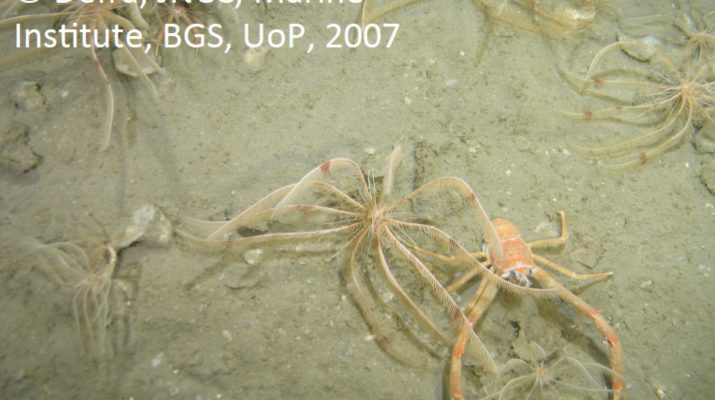[from Deep-Sea Life Vol 12]
Assessing the sensitivity of UK deep-sea habitats using the MarESA approach
Matthew Ferguson, Ellen Last and Laura Robson
Joint Nature Conservation Committee, Peterborough, UK
Email: ellen.last@jncc.gov.uk
In today’s world of increased demand for resources, such as food and minerals, mankind is once again looking toward the sea. Developments in technology have moved deep-sea fishing and mining from science fiction to fact and assessing the potential impact that these changing pressures will have on deep-sea ecosystems is now paramount.
In light of this, Joint Nature Conservation Committee (JNCC) are undertaking sensitivity assessments for a range of deepsea biotopes in UK waters, using the Marine Evidence Based Sensitivity Assessment (MarESA) method (Tyler-Walters et al., 2018). This method, developed by the Marine Biological Association, takes an evidence-based approach, whereby the resistance (likelihood of damage from a pressure) and resilience (rate of recovery from an abated pressure) of each biotope are assessed and combined to give an overall sensitivity score per pressure. Using peer-reviewed literature, grey literature and expert judgement, all documented in a detailed evidence base, this work aims to improve our ability to assess the potential impact of a range of pressures on deep sea ecosystems.
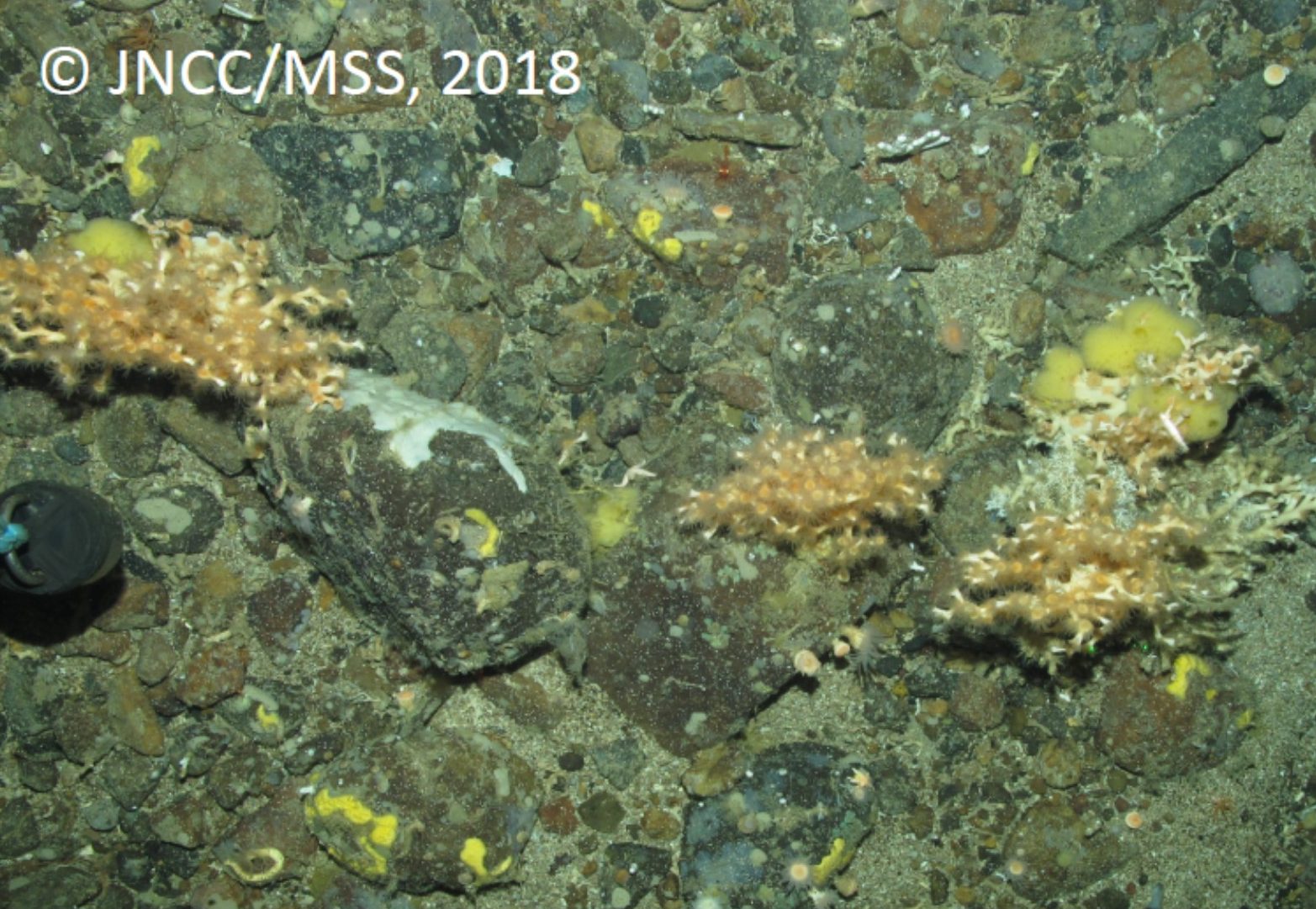
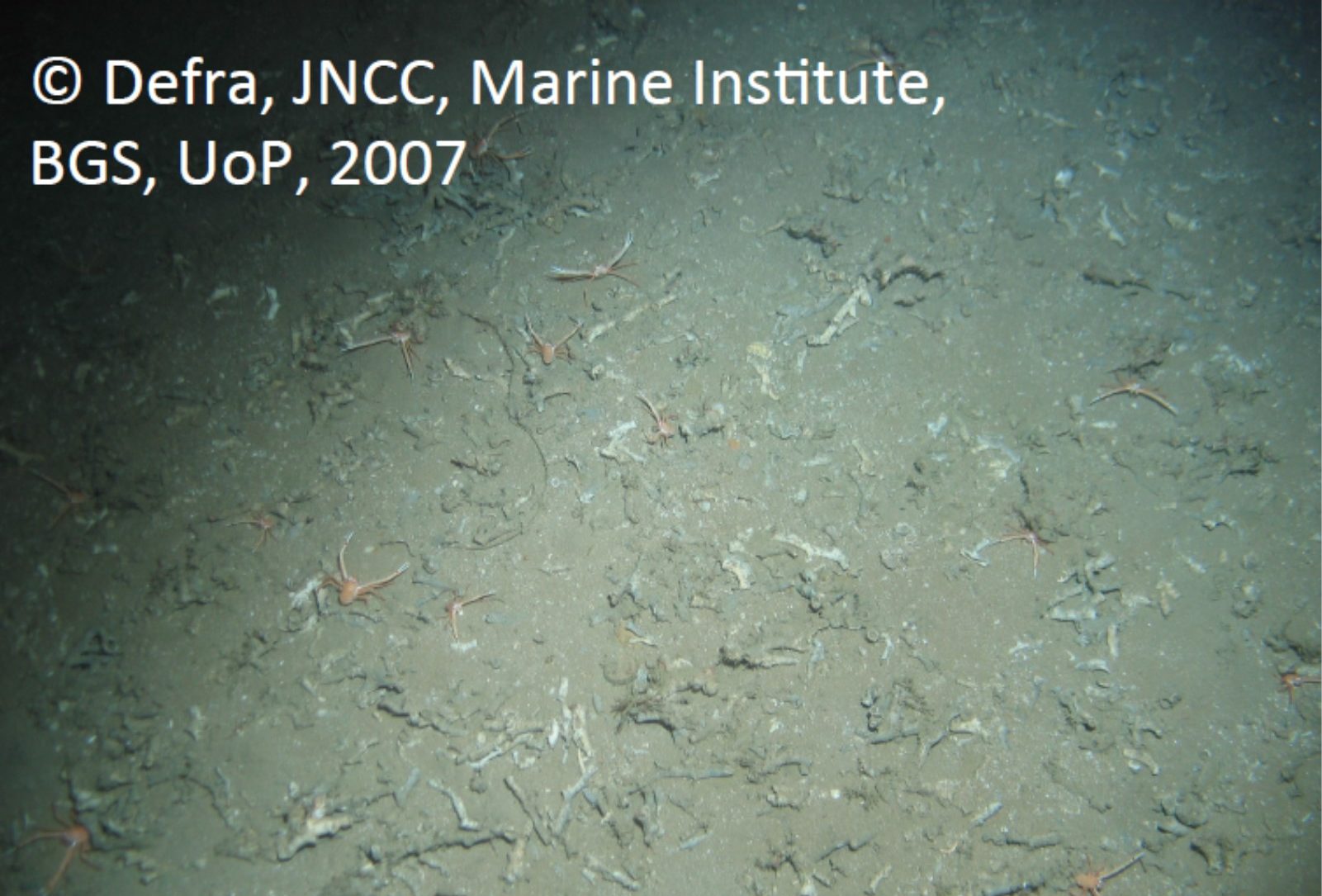

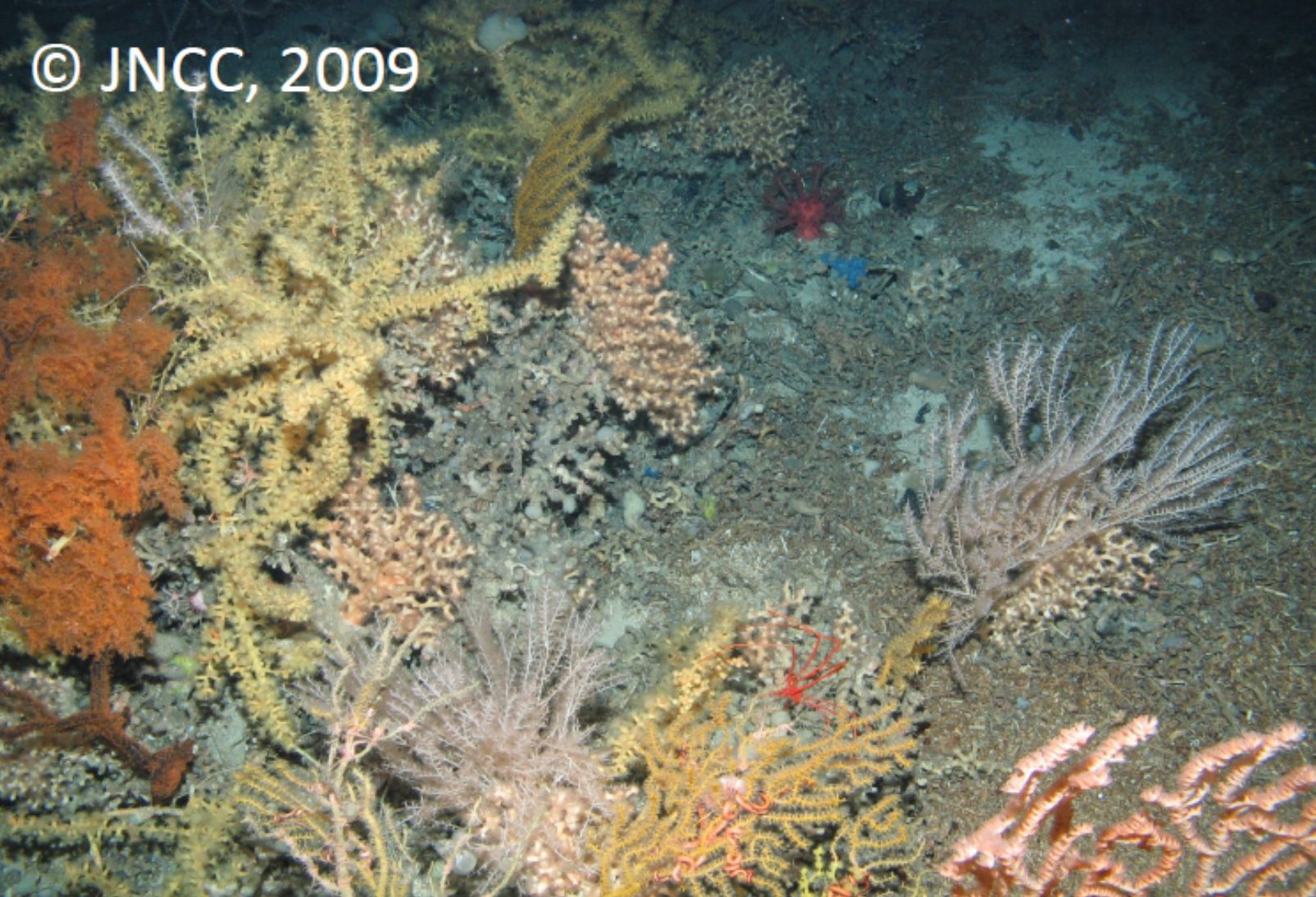
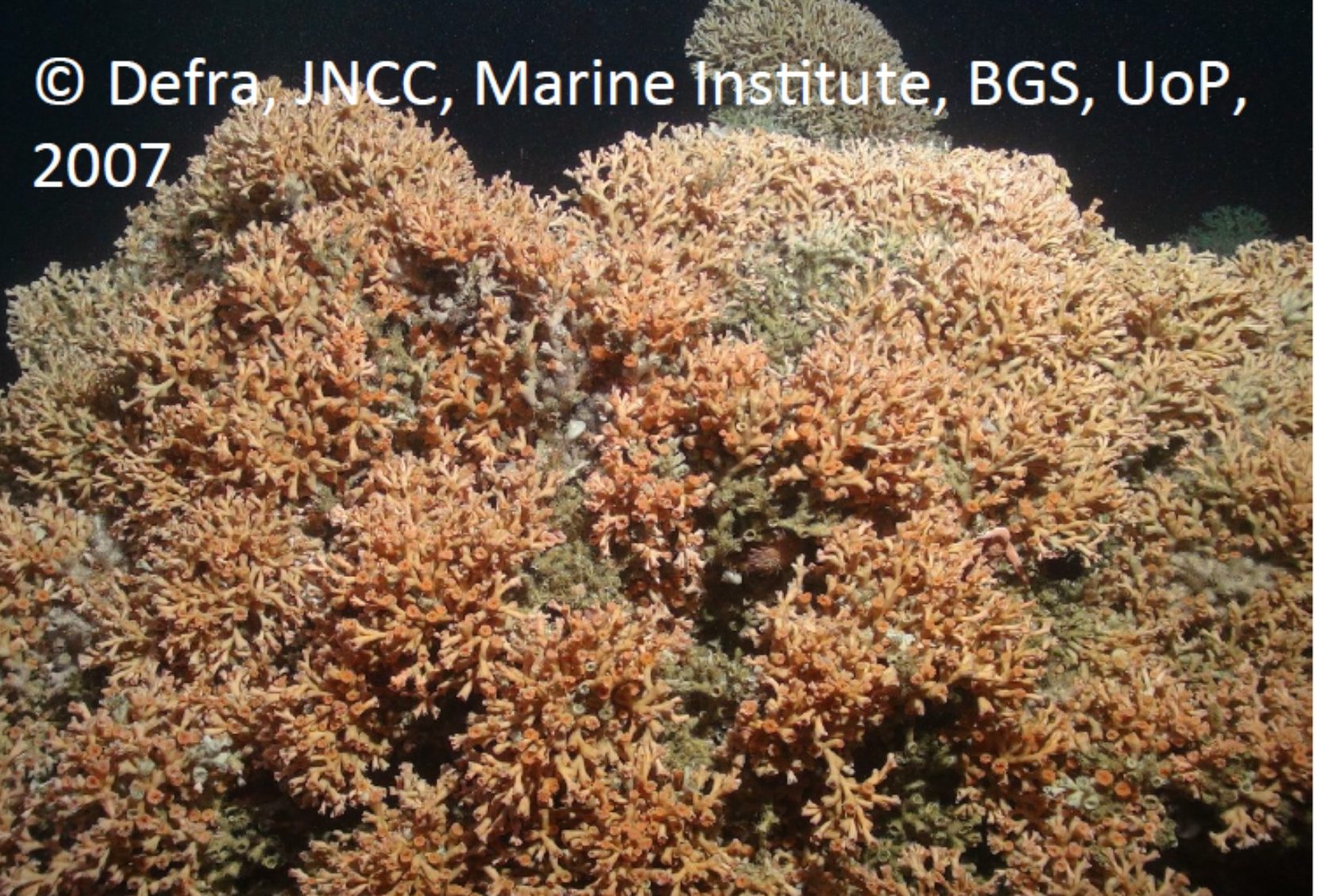
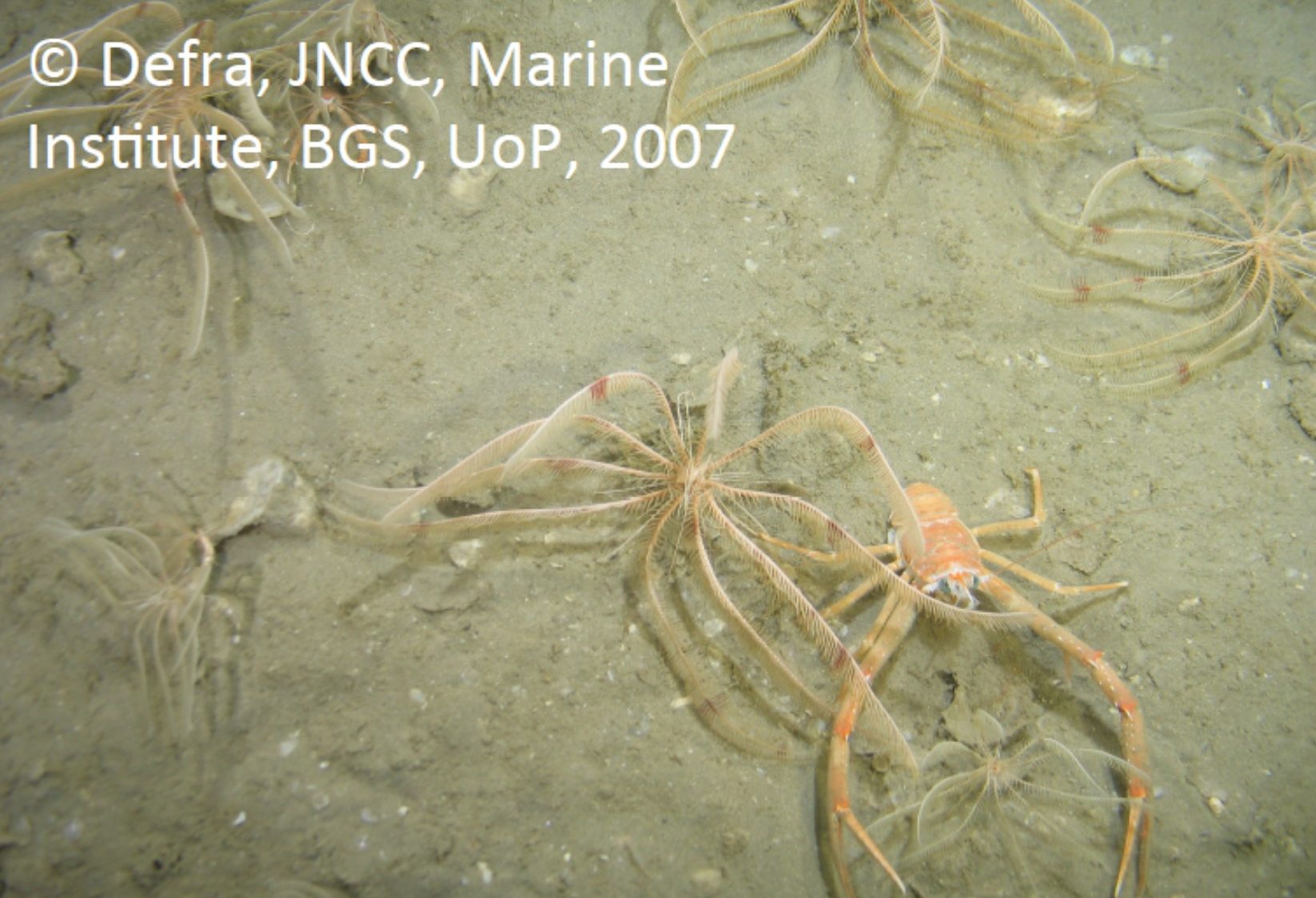
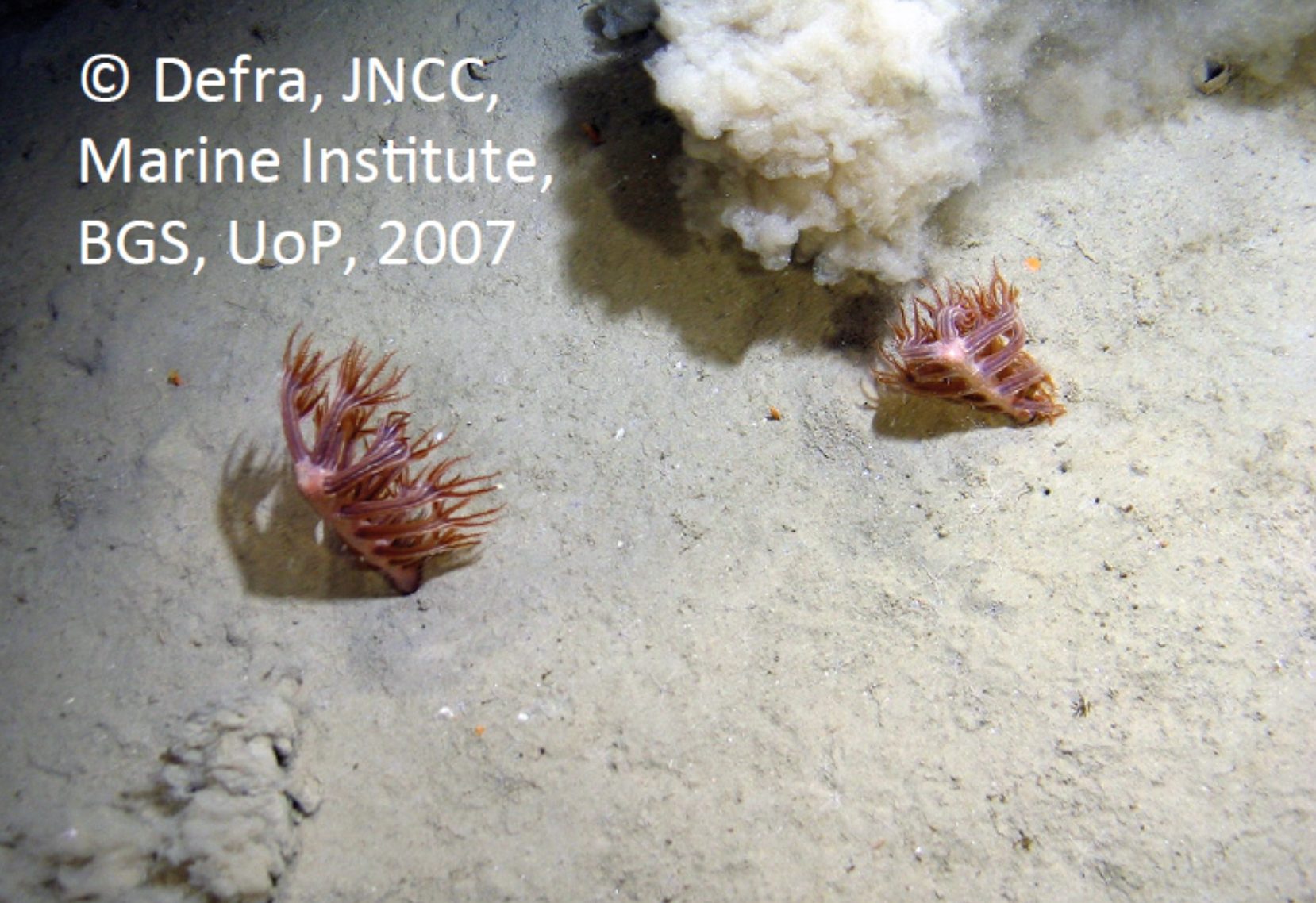
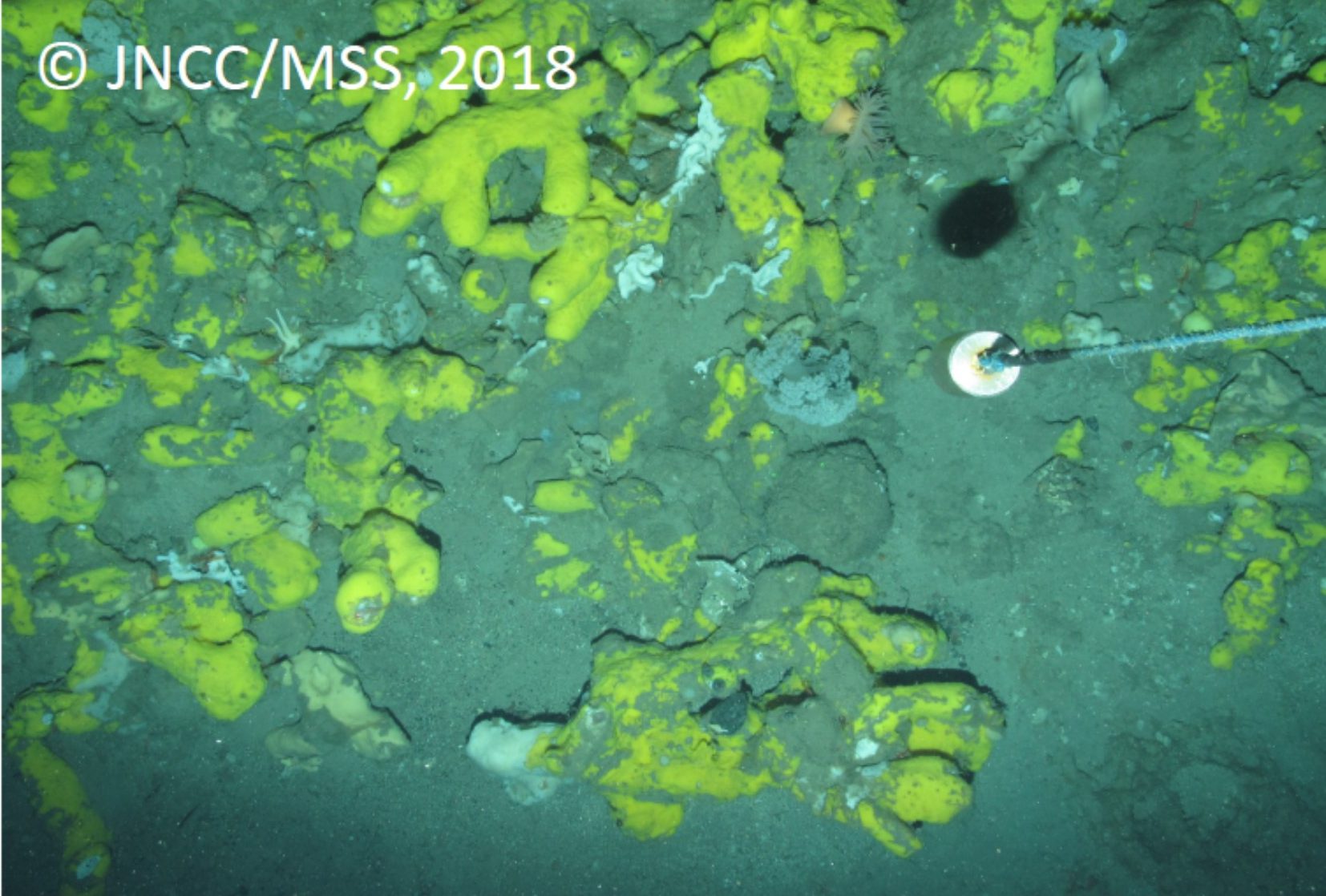
Using the deep-sea section of the marine habitat classification for Britain and Ireland (Parry, 2015), we have prioritised a number of deep-sea biotopes to assess, in collaboration with external experts, based on the known availability of evidence. Our first set of priority biotopes for assessment is shown in Fig. 1, and includes biotopes relating to coral gardens, cold-water coral reefs and deep-sea sponge aggregations.
So far, this work has encountered a number of challenges. Firstly, there is limited baseline evidence on the background biology of many of the characterising species. Secondly, there is often limited information on the effects of pressures on characterising species, making the use of proxy species and pressures unfortunately inevitable. Finally, the paucity of long term studies in the deep-sea makes assessing the resilience of communities with any confidence difficult, especially given the slow growth, longevity and late maturation of many deep-sea taxa.
As this work develops, we are calling for peer reviewers to review the prioritised assessments to ensure that these assessments, which will be published on the MarLIN website, are scientifically robust and fit for purpose. If you are interested in peer-reviewing an assessment, then please contact ellen.last@jncc.gov.uk.
References
Tyler-Walters, H., Tillin, H.M., Perry, F., Stamp, T. and d’Avack, E.A.S., 2018. Marine Evidence-based Sensitivity Assessment (MarESA)–A Guide.
Parry, M., 2015. A Deep-sea Section for the Marine Habitat Classification of Britain and Ireland, V15. 03. Joint Nature Conservation Committee.

